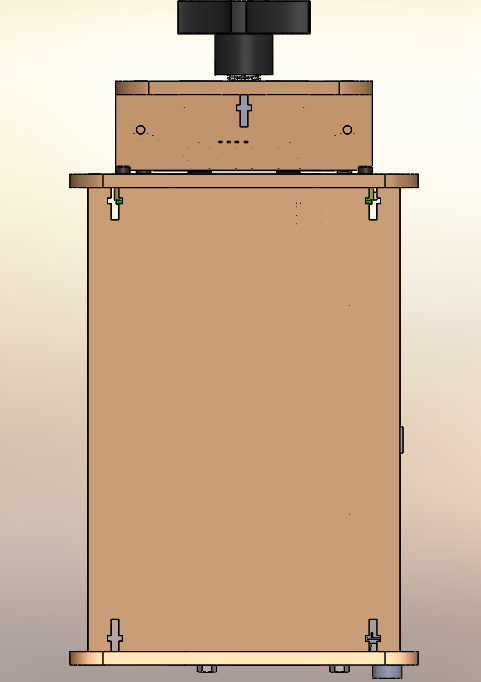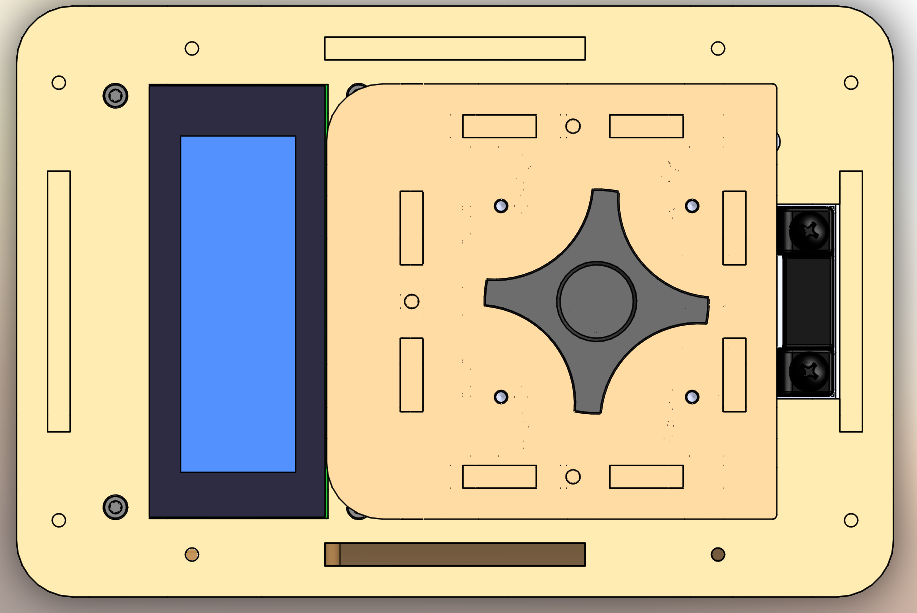BME100 f2016:Group12 W8AM L6
| Home People Lab Write-Up 1 | Lab Write-Up 2 | Lab Write-Up 3 Lab Write-Up 4 | Lab Write-Up 5 | Lab Write-Up 6 Course Logistics For Instructors Photos Wiki Editing Help | |||||
|
OUR COMPANY
NARO INC. LAB 6 WRITE-UPBayesian StatisticsOverview of the Original Diagnosis System BME-100 Wednesday 8 A.M. was split into 16 groups of five people each. The class tested thirty four patients for the disease SNP associated with Arrhythmia. They tested these patients through using their DNA concentrations. The procedure for testing the DNA started by running the DNA solutions through a PCR machine. A green dye is then added to the DNA solution. To observe the dye the DNA is placed under a blue LED light. The DNA being tested will glow green under this blue LED light if the DNA is positive for the disease. In order to prevent error each sample of DNA was examined three times each through three different pictures then the data was averaged together within ImageJ. Each patient had three different sample mixes that were ran through the PCR machine. There was one blank set of data from group ten. Their data was not uploaded in time to be added into the classes data. There were multiple inconclusive results for different patients. The majority was conclusive and resulted in a positive or negative classification.
Intro to Computer-Aided Design3D Modeling
For this image, it is a side of the OpenPCR machine. The reason that your attention is brought to this side is so that we can explain the changes we will be making. Currently the OpenPCR machine is made almost entirely of wood. We find this to do be a flaw because anything heating up and cooling down shouldn't really be made of just wood for longevity issues. So the proposed change in the design is to replace the paneling with a metal material, and still have the wood or another material on the outside for aesthetic, as well as being able to grab the machine and orientate it without burning your hands. On this image the top of the Open PCR machine is viewed. This is because in the new design the top screen is going to be changed. In a way that would allow for the need of a computer, to go away. We would like to add either a touch screen, or dedicated buttons to the design. With these buttons you get to monitor the time left on the operation, as well being able to edit the amount of time, and how many cycles there are for it. With these additions price wouldn't go up to much and allow for a more user friendly experience.
Feature 1: ConsumablesAll of the consumables on our design are to remain exactly the same. We designed the new OpenPCR machine to be more user friendly, and provide a better experience. By keeping the consumables exactly the same many people who are using the previous edition of the machine will be able to quickly adapt to the new design. It was also important to keep the consumables the same because they were the standard sizing for the smaller "micro" test tubes that are used across many campuses and labs. So by changing sizing, or the holding of the tubes, would be detrimental to the selling of our design, if the person would have to buy, or get used to all new things, as well as using the older ones for his/her machines. So by keeping it standard it helps fit into most, if not all labs out there. So in the packaging it will just be some tubes squeezed into the side of the box, and other things like holding units inside the machine along with a manual on all the parts removable and not. As well as maintenance, and cleaning to keep a well working machine.
Feature 2: Hardware - PCR Machine & FluorimeterThe inclusion of the Open PCR machine and fluorimeter in our system will be exactly the same. In the packaging you will get the both together, next to some of the consumables. The box will be on the medium size to fit both the PCR machine and the parts to run it efficiently, as well as the fluorimeter and everything needed to run it efficiently. As well as an instruction book to explain how to used both parts of the process, such as needing the pictures to be taken in the dark, as well as having a specific set up for the camera. This was because of the fact that we did not see a problem with this part of the design. Our group however decided to alter the PCR machine. This was because we found it to need to many parts to run as well as not offering the best of user experiences. So by adding a more interactive face to the machine it allows the user to not need as many things to run it such as the computer. It also allows the user punch in what they want onto the device and be able to walk away and let it run while being able to do other things. Then by changing the material that the machine was made of, so instead of purely just being wood, there would be a better longer lasting material, at least on the inside so that the machine could last longer while being put under load. By having those two changes it allows for the PCR machine to remain relevant in a lab for longer, as well as become a more sound investment for the user. Additionally we had no problem with the fluorimeter itself, but with the software, ImageJ, that was used to evaluate the pictures. It was a frustrating experience and every single step was broken apart, and became very time consuming. So the change is to streamline the software, by first allowing for bulk image evaluating so that you no longer had to put in each image one at time, draw the circle, split channel, add, etc. it can all be done at once. Just select the images in order, to know which is which, then select all, for a complete, and shortened evaluation process. However, since not everyone is using the software just of that use, there is also an editing menu where you can had hot keys, so that you could get all your images selected at once and in a minimal amount of key presses be done the process. This allows for less time to be spent staring at a computer screen doing the same thing over and over agin twenty for times and allows the operator to get on to the next step, greatly improving the experience as well as not being nearly as close to frustration as usual.
| |||||




